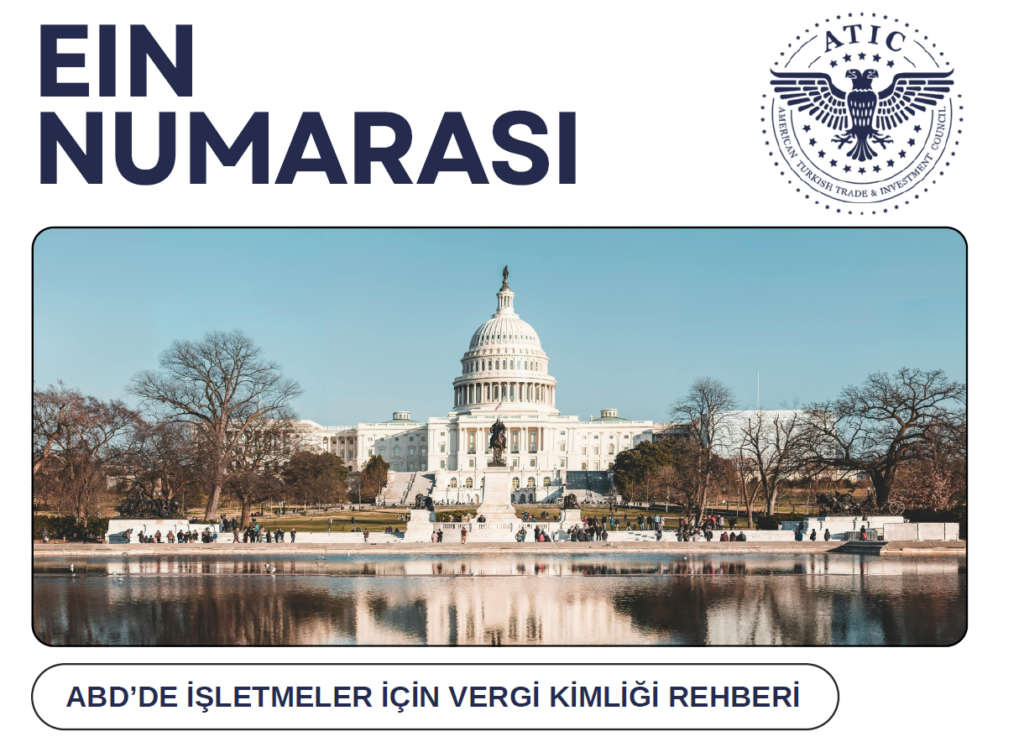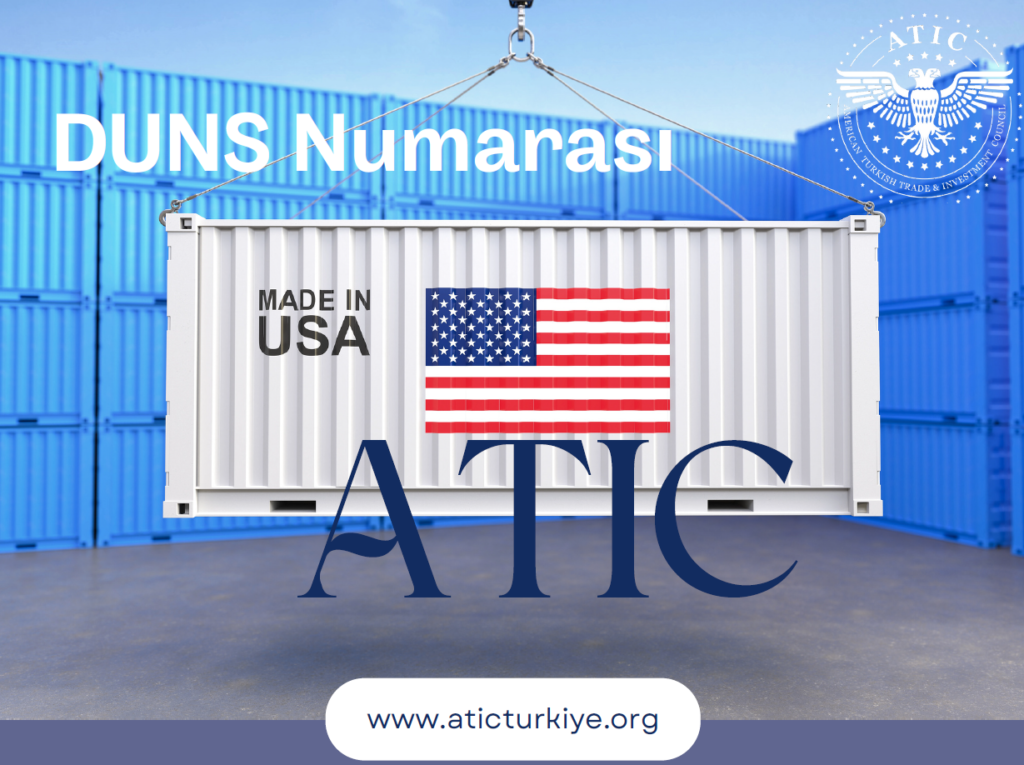TRADEMARK REGISTRATION PROCESS IN THE USA
Trademark registration in the United States is a strategic step for businesses and brand owners to protect their intellectual property rights. This process ensures the identification and legal protection of a trademark. In this article, we will detail the steps to register a trademark in the U.S., required documents, legal procedures, and frequently asked questions.
WHAT IS TRADEMARK REGISTRATION IN THE USA?
Trademark registration in the U.S. is a formal process that ensures a trademark is legally protected and officially recorded. This process is managed by the United States Patent and Trademark Office (USPTO). Trademark registration allows a specific sign (such as a name, logo, or slogan) to be associated with a particular product or service and grants legal protection. A registered trademark gives the owner exclusive usage rights and legal grounds to act against potential infringements.
What Is Trademark Registration and Why Is It Important?
Trademark registration is the legal protection of a business or individual's brand, enabling it to be distinguished from others and promoted. It prevents unauthorized use and grants legal rights to defend the brand.
Key benefits include:
- Recognition and Protection: A registered trademark enhances uniqueness and brand recognition, helping products and services stand out. This strengthens brand image and prevents unauthorized use.
- Legal Rights and Enforcement: It grants exclusive legal rights to use the trademark and pursue legal action in case of infringement.
- Commercial Advantages: Registered trademarks are perceived as more trustworthy, fostering customer loyalty and increasing competitive strength.
- International Recognition: A trademark registered in the U.S. can be recognized and protected globally, simplifying the registration process in other countries.
Considering these benefits, trademark registration holds strategic value for businesses both legally and commercially.
How to Apply for Trademark Registration in the U.S.?
There are two main methods:
- International Trademark Registration via Madrid Protocol:
- Multi-Country Coverage: One application enables protection in multiple countries.
- Simplified Process: Avoids separate applications for each country.
- Central Management: Trademarks can be managed centrally.
- Direct National Application via USPTO:
- Faster and Controlled Process: Managed directly by the USPTO.
- U.S.-Focused Protection: Ideal if you are only operating in the U.S.
Choosing the right method depends on your target markets, budget, operating regions, and long-term growth strategy. Consulting a trademark attorney or IP expert is recommended.
How to Register a Trademark in the USA in 4 Steps
- Step 1: Research and Preparation
- Search existing trademarks via USPTO’s TESS database.
- Determine products/services and proper classifications.
- Step 2: Application and Required Documents
- Create a myUSPTO account and file via TEAS.
- Provide:
- Trademark name and type (word, logo, slogan, etc.)
- Classification(s) and use
- Owner’s contact information
- Proof of use (if applicable)
- Pay the required fees.
- Step 3: USPTO Review
- USPTO examines:
- Uniqueness
- Similarity to existing trademarks
- Legal compliance
- If issues arise, an “Office Action” notice will be sent for response.
- Step 4: Registration and Post-Approval Process
- Once approved, you receive the official trademark certificate.
- Ensure:
- Continuous use
- Protection against infringement
- Timely renewal (at 5 and 10 years)
Documents Required for U.S. Trademark Registration
- Applicant Identification:
- For individuals: Passport or government-issued ID.
- For businesses: Company registration and authorization documents.
- Additional Business Documents:
- Trade registry certificate
- Tax certificate or business license
- Trademark Image/Logo:
- Required in high-resolution PNG, JPEG, or PDF.
- Trademark Description and Usage:
- Clear description of what the mark represents and in which sector.
- Indicate appropriate NICE classification(s).
- Proof of Fee Payment:
- Include a receipt of payment based on application type and class count.
- Proof of Use (for “Use in Commerce” Applications):
- Invoices, packaging, brochures, website screenshots, or labels showing use in U.S. commerce.
- Additional Documents for Madrid Protocol Applications:
- WIPO reference number and certificates.
Submitting complete documentation ensures smooth processing. For international applicants or U.S.-based businesses, working with a trademark attorney is highly recommended.
Key Points to Consider During the U.S. Trademark Registration Process
- Trademark Uniqueness and Prior Search:
- Ensure no conflicts with existing trademarks via TESS.
- Avoid generic or descriptive terms.
- Broader Use Planning:
- Consider potential future expansions when selecting classifications.
- Correct Classification:
- Use the NICE system to match your goods/services accurately.
- Wrong classifications may limit protection.
- Professional Guidance:
- A trademark attorney can speed up and streamline the process.
- Accurate Application:
- Double-check all details, especially:
- Owner info
- Trademark name/logo
- Classifications and use
- Fee Payments and Tracking:
- Pay on time and keep receipts.
- Be Prepared for Office Actions or Objections:
- Address any deficiencies or respond to oppositions with evidence.
Careful management of each step ensures successful and strong trademark protection.
Frequently Asked Questions (FAQ) – U.S. Trademark Registration
- Is trademark registration mandatory?
- No, but it's crucial for legal protection and enforcement.
- Who can register a trademark?
- Individuals, companies, or any commercial entity.
- How long does the process take?
- Typically between 12–24 months, depending on complexity and USPTO backlog.
- How long is it valid?
- Valid for 10 years, renewable indefinitely every 10 years.
- How to renew it?
- Submit a renewal application and fee before the 10-year mark.
- How much does it cost?
- Varies by class and application type. Check USPTO’s website for up-to-date fees.
- What are the requirements for a valid trademark?
- Must be unique and distinctive
- Intended or actual commercial use
- No generic or common terms
- No conflict with existing trademarks
- Why is trademark registration important?
- Provides legal protection
- Grants exclusive usage rights
- Prevents unauthorized use
- Increases commercial value and facilitates licensing or sale




